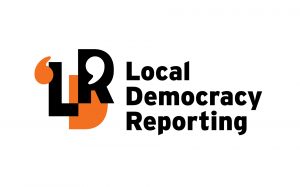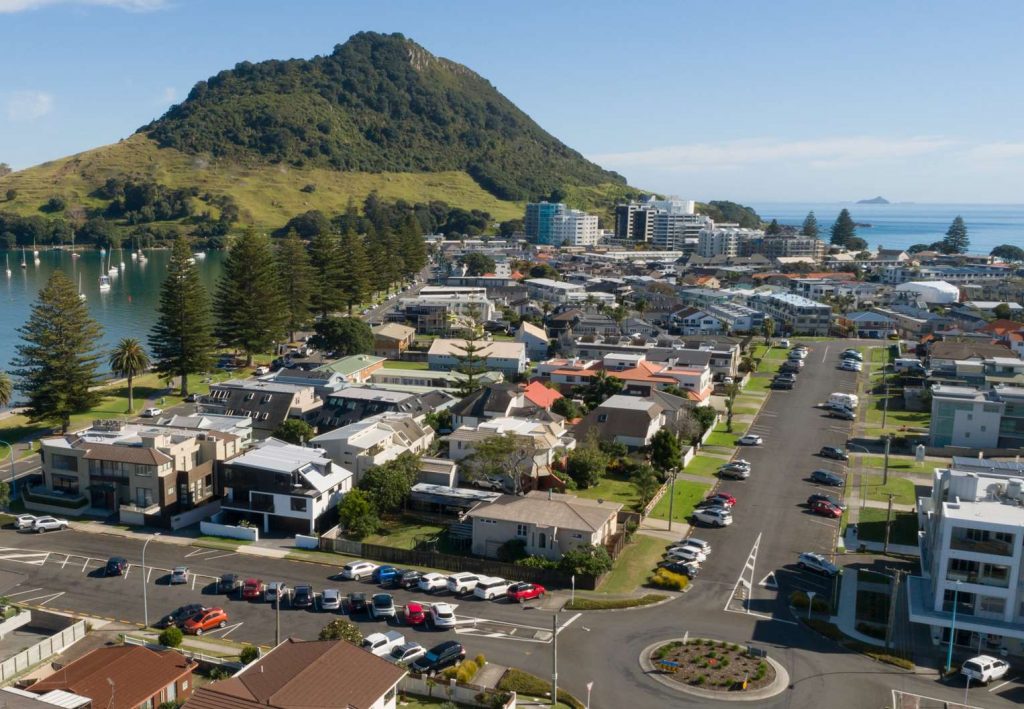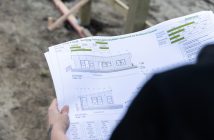 Six storey buildings could be permitted in downtown Mount Maunganui after Tauranga City Commission rejected the recommendations of an independent hearing panel, but one developer is concerned about the proposed planning rules
Six storey buildings could be permitted in downtown Mount Maunganui after Tauranga City Commission rejected the recommendations of an independent hearing panel, but one developer is concerned about the proposed planning rules
By Zita Campbell, Local Democracy Reporter

Tauranga City Council is proposing to raise the allowable building heights in Mount Maunganui North as part of Plan Change 33.
Heights of six storeys are proposed in the shopping area and within 400 metres of it, then four storeys between 400-800m of the shops.
Based on submissions, a four person independent hearing panel recommended retaining the current building heights of three storeys.
It was one of six of the panel’s recommendations that didn’t align with council’s recommendations under the plan change.
Submissions on the increased heights in the Mount raised concerns around traffic congestion, air pollution and a lack of infrastructure.
Greater building heights and intensification would also impact the “unique character” of the area, submissions said.
The commission rejected two of the panel’s recommendations at a council meeting on 20 May.
These will now be referred to the Minister for Housing for a decision.
The commission was required to give its reasons to the minister for rejecting the panel’s recommendations.
Higher building heights in Mount Maunganui North would create more development opportunities, which would improve housing affordability, the report highlighting the reasons said.
It would also contribute to the city’s development capacity requirements, which is how much land a council must have available for housing and commercial activity to meet demand.
While taller buildings may not be built in the short term, if the greater heights were not permitted the council risked being unable to meet its long term development capacity, the report said.
Tauranga developer Peter Cooney says that apartments wouldn’t create affordable homes.
“You will not create affordability, especially in Mount North, just because the cost of the land so expensive and to go vertical is extremely expensive.”
The proposed heights would create holiday homes or properties for people that could afford homes that cost over $1m, he says.
He said construction costs in New Zealand were “out of kilter” with the rest of the word so building vertically was challenging.
“As soon as you go above three levels, the construction changes and it’s horrendously expensive.”
A lot of developers wouldn’t take that risk especially in the current economic climate, he said.
“You’ll see very little apartment building going on in the Bay of Plenty for the next five to seven years.”
The independent hearing panel released its recommendations on the plan change recently after hearings were held in July and October 2023.
For Mount Maunganui north it recommended keeping the building height restrictions as they were currently.
But the MDRS would still apply to some areas of the suburb that enabled buildings up to three storeys without needing resource consent.
This was in response to submitters concerns around traffic congestion, air pollution and a lack of infrastructure.
Also, that greater building heights and intensification would impact the “unique character” of the area.
“Increasing the permitted height within the area [Mount Maunganui North] will not maintain the existing character and amenity of the area,” the panel’s decision said.
Cooney said the panel’s recommendation was “common sense”.
Having lived in the Mount all his life Cooney said his views weren’t about “NIMBYism” (not in my back yard).
As a developer he was all for intensification, but you had to pick a location that suited, he said.
Solutions were needed for infrastructure, congestion, and air pollution from nearby industry before planning rules were applied “carte blanche,” said Cooney.
“You must put the horse before the cart, in this case, they’ve got the cart before the horse. You must resolve those issues and have a game plan to solve those issues.
“It is all about urban good urban outcomes.”
Barry Brown, of the Mount Matters Residents Group, agreed the panel’s recommendations were common sense.
“Common sense and good planning have prevailed with the Panel recommending that heights in Mount North should remain as originally notified,” he said in a statement.
But the commission also rejected the panel’s recommendation around removing a height limit in the city centre.
They wanted to keep the 16m height limit on the block of land from McLean Street to Spring Street between Willow Street and The Strand.
This was to ensure amenity of the waterfront and prevent shading from buildings.
The site is in front of the $306m civic precinct Te Manawataki o Te Papa that is under development.
Plan Change 33 is in response to the Government’s medium-density residential standards (MDRS) that allows for greater intensification in urban areas.
City planning team leader Janine Speedy said it was a significant plan change for the city in terms of housing intensification.
The MDRS allowed three dwellings to be built on a site as well as buildings up to three storeys without resource consent.
The plan change was also to give effect to the government’s National Policy Statement on Urban Development, said Speedy.
For Tauranga this meant allowing as much height as possible in the city centre and greater heights and density around the commercial centres within other suburbs of Tauranga, she said.
Building heights between four and six storeys would be enabled in areas within five to 10 minutes’ walk of some of the city’s commercial centres including Bayfair in Mount Maunganui and Pāpāmoa Plaza.
Building heights of eight storeys would be allowed along Cameron Road in the Te Papa peninsula.
In the city centre, buildings up to 13 storeys could be built and eight storey buildings would be permitted within 1500m of the CBD.
Commissioner Bill Wasley said there were qualifying matters for the plan change that would mean resource consents would be needed if buildings didn’t meet the urban design and impact requirements or exceeded the number of permissible dwellings on a site.
The rejected recommendations will be referred to the Minister of Housing for a decision.
LDR is local body journalism co-funded by RNZ and NZ On Air.









